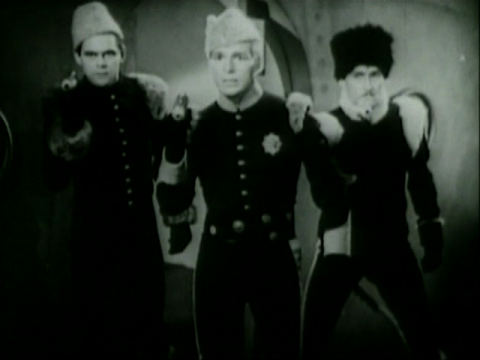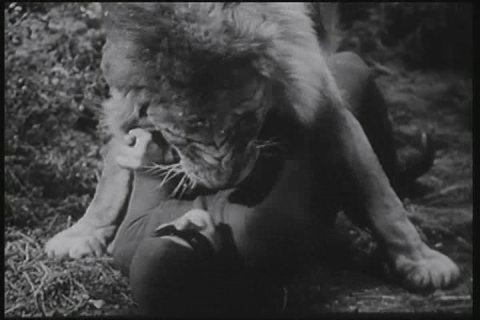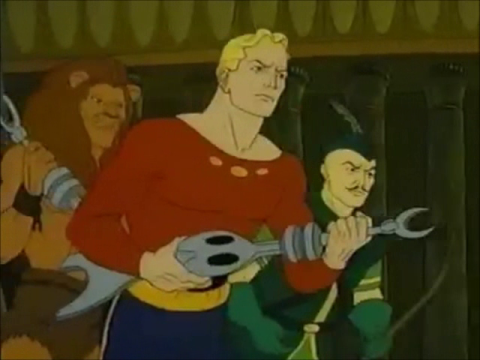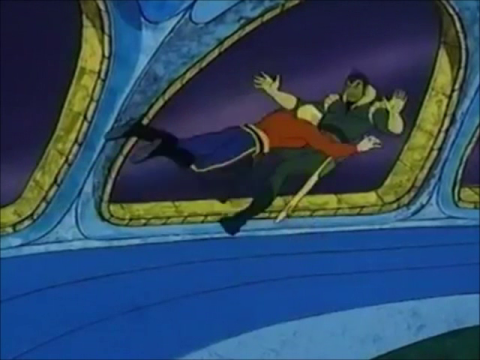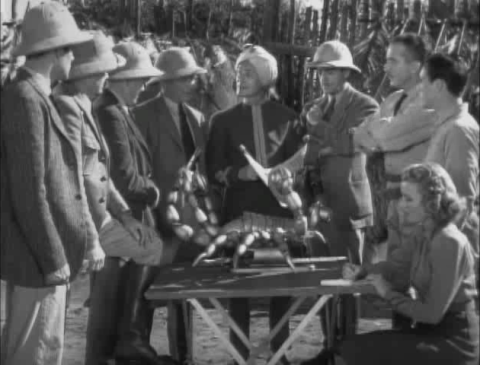In a world where everything and everyone has to have its own special day, there is no reason why there should not be a dedicated Star Wars Day. And even though that day happens to be chosen because of a bad word pun, one day will do as good as any. So let us celebrate Star Wars by looking at one of George Lucas’ influences.
In the DVD Special Edition commentary to Star Wars Episode II, during the fight between Obi Wan Kenobi and Jango Fett, George Lucas said: “It turns into a kind of fun sequence with […] the cliffhanger part of it which, again, is in that old Saturday matinee serial aspect of this whole thing.”
The serials to which Lucas refers were actually made for the most part before Lucas was even born. But in the 1950s, they were rerun on television. One of the more important of these serials is Flash Gordon Conquers the Universe, or as it was known on TV, Flash Gordon – Space Soldiers Conquer the Universe.
Like many other serials of the time, Flash Gordon Conquers the Universe is not something you watch for the intricate and coherent plot. Nor are the actors at any time aiming for an Academy Award. I have a soft spot for Buster Crabbe, and he does a good job considering the circumstances, but Carol Hughes as Dale Arden is comically theatrical at times.
Below is a list of all the chapters, with links to the Internet Archive:
- The Purple Death
- Freezing Torture
- Walking Bombs
- The Destroying Ray
- The Palace of Horror
- Flaming Death
- The Land of the Dead
- The Fiery Abyss
- The Pool of Peril
- The Death Mist
- Stark Treachery
- Doom of the Dictator
If you prefer to not watch the entire thing, you can also find at the Archive a normal-length feature film edited from parts of the serial, titled The Purple Death from Outer Space.
This film is best enjoyed if you know your Star Wars. You will find lots of characters, situations and plot elements here that obviously inspired and influenced George Lucas in various ways. Emperor Ming the Merciless, for instance, has more than just a little bit of Darth Vader in him. Or the other way around.
Flash Gordon Conquers the Universe
Download link (first chapter)
Year: 1941
Running time: 3 h 21 min
Directors: Ford Beebe, Ray Taylor
Stars: Buster Crabbe, Carol Hughes
Image quality: Acceptable
Resolution: Medium (640×480)
Sound quality: Acceptable

